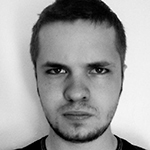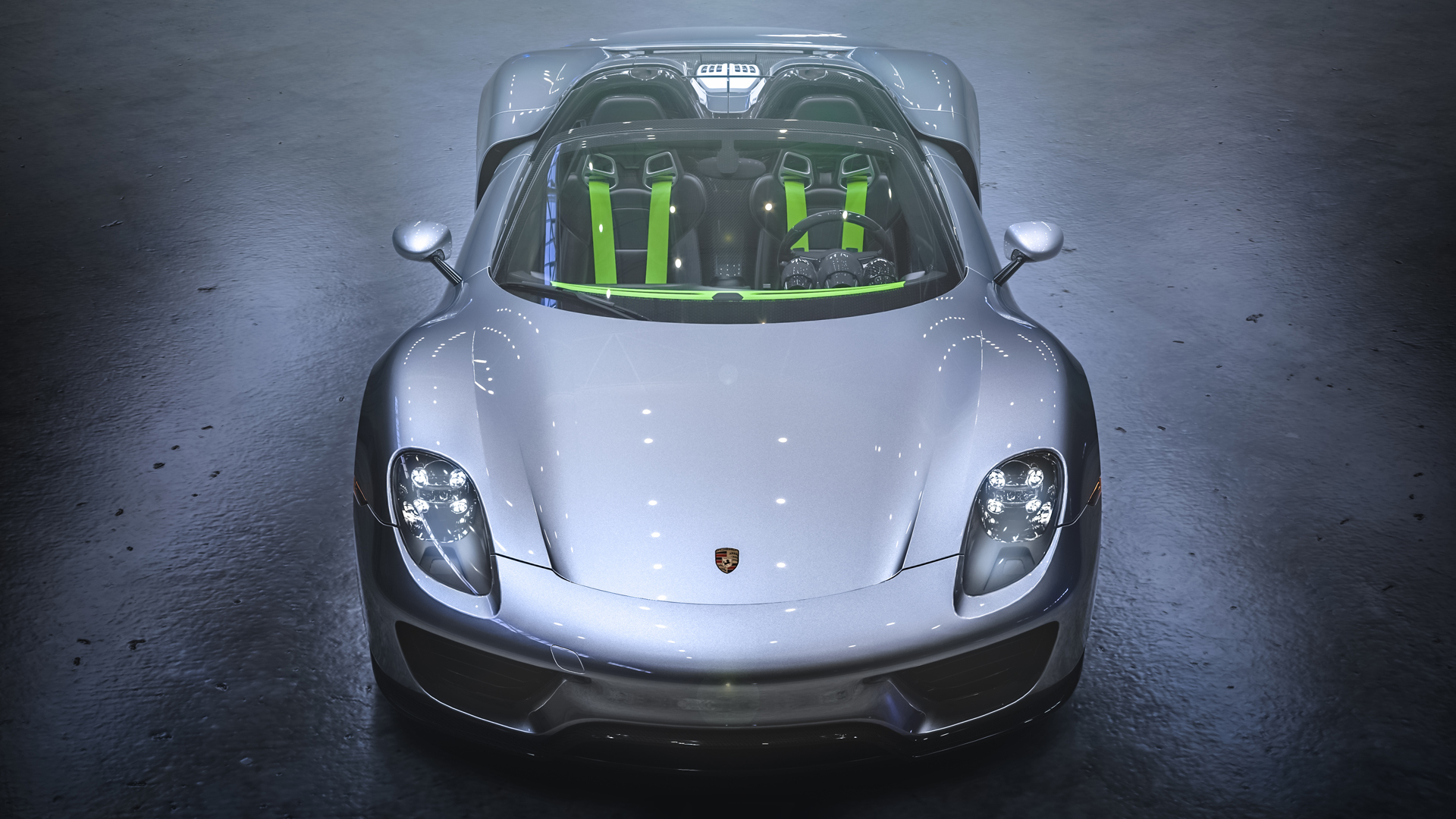Nils Piirma is a freelance designer, but not just any freelance designer. He can do logos, layout and web graphics, of course, but his skill in creating captivating automotive visuals is why he is so sought after. He models much of his work from scene to subject, and renders all of his work using KeyShot. We caught up with Nils to find out what sparked his interest, how he approaches a project and why he uses KeyShot to create his automotive renderings.

Nils Piirma
Modeling software used: Solid Edge / 3ds Max
Website: nilspiirma.com
What sparked your interest in automotive design and visuals?
It all started when I was three years old, cutting cars out of magazines to make a wall poster with my family. When I was in school I used to draw cars for fun, sometimes so immersed in what I was doing that I missed class. During high school, I was introduced to Solid Edge to make engineering models. That was the point I started focusing on car modeling and design. I’ve followed every AUDI AG car launch since 2001 and focused on creating concept drawings of the cars. But eight years ago, I changed course, started modeling scenery and models for car renders, especially Audis. I love to render a car, with my own design and lighting in mind, to create the best visuals I’m able to create. The lines, shapes and curves–those are what I focus on most.
What was the turning point in your career?
Around three years ago, I was approached by BC FORGED UK to render a car with their wheel design. That was the point my career took off and when I was approached by many more companies focused on car design and aftermarket tuning. After posting a single picture on an Estonian Facebook design community, work really picked up. I’ve been doing models of cars, boats, yachts, watches, houses, and more. There’s no limit in what I get asked to do, and it’s a great feeling to be needed in the product design process.
What would you say is unique about your approach to a project?
With each project, I imagine the scenery in my head. No matter if it’s night or day, walking home from work or sleeping, my subconscious always seems to be working out ideas somehow. I imagine all of the scenery beforehand, when shopping for a scene or HDRI online, or creating my own. I imagine the outcome and the perspective. I always start with this idea and continue to think on this idea throughout the rendering process.
What is your primary 3D modeling software?
My main modeling software is Solid Edge and Autodesk 3DS Max. Solid Edge was mandatory at my high school. Since then, I’ve been hooked on its ease of use, interface, patterns. 3DS MAX on the other hand was the main software I used to create abstract wallpapers for myself and my friends when I was around 16. Now, I use it almost every day to create and modify scenes and models. It’s just a irreplaceable tool for work and a great toy to play with.
Where in the process do you use KeyShot?
I use KeyShot throughout my workflow, primarily when I’m finished with models, mods or scenery. As soon as I think I have everything set up, I import it into KeyShot, slap some materials on the models, and I’m off to the races. That said, getting to the final render is always a race, but as computer hardware engineer and working with high end computers, I always look for ways to improve what’s possible.
What makes KeyShot an important tool to have?
For me, I find the greatest value in KeyShot’s lighting and animation. It’s all just easy, logical, and fun to use on any type of project. KeyShotVR also makes a huge difference for a client who’s picky about viewing angle. A simple 360 KeyShotVR animation always get’s the client smiling. KeyShot’s CPU-based rendering is high performance with lower cost–no fancy CUDA cores, XEON PHI’s, Tesla cards needed–just as many CPU cores as you can throw at it. This alone is a huge benefit for render output and makes all the difference when you have can take other computers (that even don’t have any graphics in them), and simply outsource them with KeyShot Network Rendering. Through testing and then using it to utilize 200 cores in a production environment, I get huge performance benefits with less money spent on hardware. My company, Network Tomorrow, is also planning on selling these network rendering machines, with the focus on bringing HPC (high performance computing) to more people.
What advice would you give to someone interested in doing what you do?
You have to have the love and passion for what you do. You have to have imagination, you have to feed that interest, striving to achieve the best quality possible by looking at the details in car imagery, adverts and real life. “Imagination has no limits” – that’s my quote. “And neither should you” – aspiring automotive designer.










